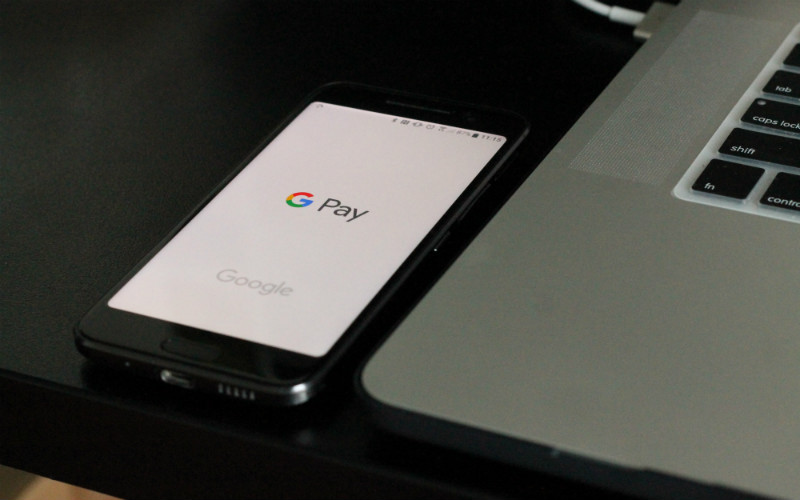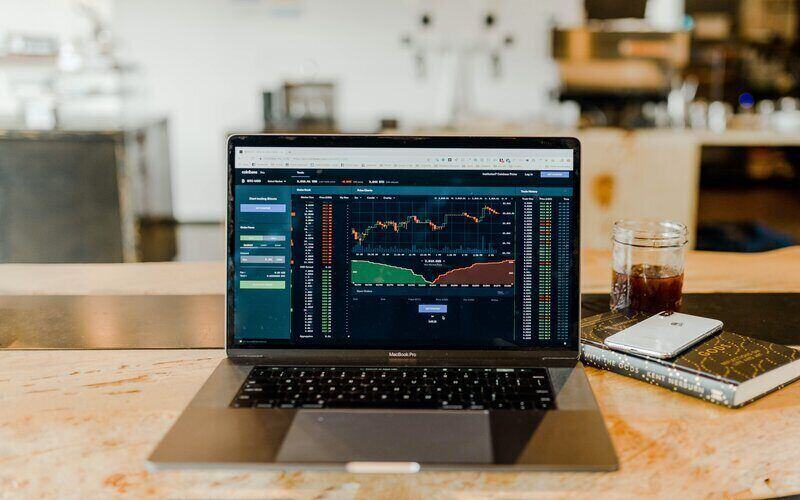Student debt will likely be indexed at 4% this year, according to official wages growth data released on Wednesday.
The government has been waiting on the March quarter's data before confirming what is likely to be the final indexation figure applied to all outstanding student debt in 2024.
Wage Price Index (WPI) data has been included as an alternative indexation measure for HECS, HELP, and other student debts.
Earlier this month, the federal government announced student debt will now be indexed to the lower of inflation or wages growth, pending the passage of legislation.
The change will be backdated, thereby lowering last year’s indexation rate of 7.1%, which was based on the old measure of inflation only.
More than $3 billion will be wiped from existing student loans on the application of last year’s 3.2% WPI growth rate.
This will effectively cut $1,200 from the average student loan of $26,500.
What about this year’s HECS indexation?
The WPI rose 4.1% over the year to the March quarter, rising 0.8% quarter-on-quarter – higher than the latest annual inflation rate of 3.6%.
That's despite inflation jumping 1% over the March quarter – more than the market was expecting.
But student loan indexation is not as simple as applying the lower of the March annual rates of both indices. (This is the government we’re talking about, after all.)
The indexation calculation the government uses is based on quarterly data that goes back to June 2022, effectively taking into account figures from the previous eight quarters.
Without going into the maths, it puts the annual CPI inflation figure at 4.7% and the WPI annual rate at 4.0%, so this year’s student loan indexation is set to be applied at a rate of 4%.
Not so fast
However, on 1 June, student loans will still likely be indexed at the projected rate of CPI inflation at 4.7%.
This is because the legislation to change the indexation method or grant student debt credits has not yet passed through Parliament.
In effect, it means this year’s loans balances will likely climb higher again before the legislation to adjust them downwards can be enacted.
How will indexation be applied?
Once the legislation is passed, the Australian Taxation Office (ATO) will automatically adjust indexation credit and apply indexation to any outstanding HECS-HELP debt that was indexed on 1 June 2023 and/or 1 June 2024.
For those that have paid off their student debt since 1 June 2023, the indexation credit will still apply but will become a tax credit instead.
The federal Department of Education has set up a site to answer questions about the indexation changes.
Why is the Wage Price Index figure higher than last year’s?
The Wage Price Index measures changes in the price of labour and has been steadily increasing since the end of the pandemic.
It peaked at an annual growth rate of 4.2% at the end of the December quarter, reflecting the heated employment market and labour shortages in some sectors.
The annual figure of 4.1% for the March quarter marks the first time growth has slowed since December 2020, seasonally adjusted.
The fall in wages growth was particularly pronounced in the public sector over the last quarter.
Image by JESHOOTS on Unsplash

Ready, Set, Buy!
Learn everything you need to know about buying property – from choosing the right property and home loan, to the purchasing process, tips to save money and more!
With bonus Q&A sheet and Crossword!



 Harry O'Sullivan
Harry O'Sullivan
 William Jolly
William Jolly













